The Complete Book of Military and Police Motorcycles is back in print. I wrote the book over 20 years ago. Then the Internet accelerated and the printed book market tanked. Paladin Press (the publisher) went out of business, and just like that, so did the book. But that was then and this is now, and The Complete Book of Military and Police Motorcycles is back in print and available on Amazon.
You might wonder: Where did I get that fantastic cover photo? The photo shows Trooper Ralph Dowgin, a New Jersey State Trooper who went on to command Troop D (the Troop that patrols the New Jersey Turnpike, the most heavily-traveled road in the country). I actually met Trooper Dowgin when I was a boy (my Dad knew him). The photo came to me from my good buddy Mike B, who retired as the New Brunswick, New Jersey, Chief of Police. Like they say, it’s a small world.

The story of police and military motorcycles is an intriguing one, espeically as it applies to the US War Department, Indian, and Harley-Davidson. During World War II, the US government bought motorcycles from both Harley and Indian, but the positions taken by Harley and Indian were worlds apart. The Feds told both manufacturers they had to stop producing for the civilian market and focus exclusively on military motorcycles. Indian did what they were told. Harley told the government that they, not some government bureaucrat, would decide who to sell motorcycles to. Harley called the government’s bluff, and they got it right. The War Department continued to buy Harleys as Harley continued selling to the civilian market, and the results were predictable: When the war ended Harley still had a civilian customer base and Indian did not. Indian struggled for a few years trying to regain market share, but the damage was done and the handwriting was on the wall. Indian went under in the early 1950s.
If you buy a copy of The Complete Book of Police and Military Motorcycles, understand that it describes the market as it existed when the book was published in 2001. Things are a little bit different now. Future plans call for an update to include today’s military and police motorcycles, but that’s far in the future and the book will sell for a bunch more than $9.95. I’ll have a Kindle ebook version at some point in the future, too, but it’s not going to be immediate. For now, it’s print only, and it’s only $9.95. Spend the bucks, make a friend for life, and don’t forget: Click on those popup ads!
Never miss an ExNotes ad! Sign up here for free:

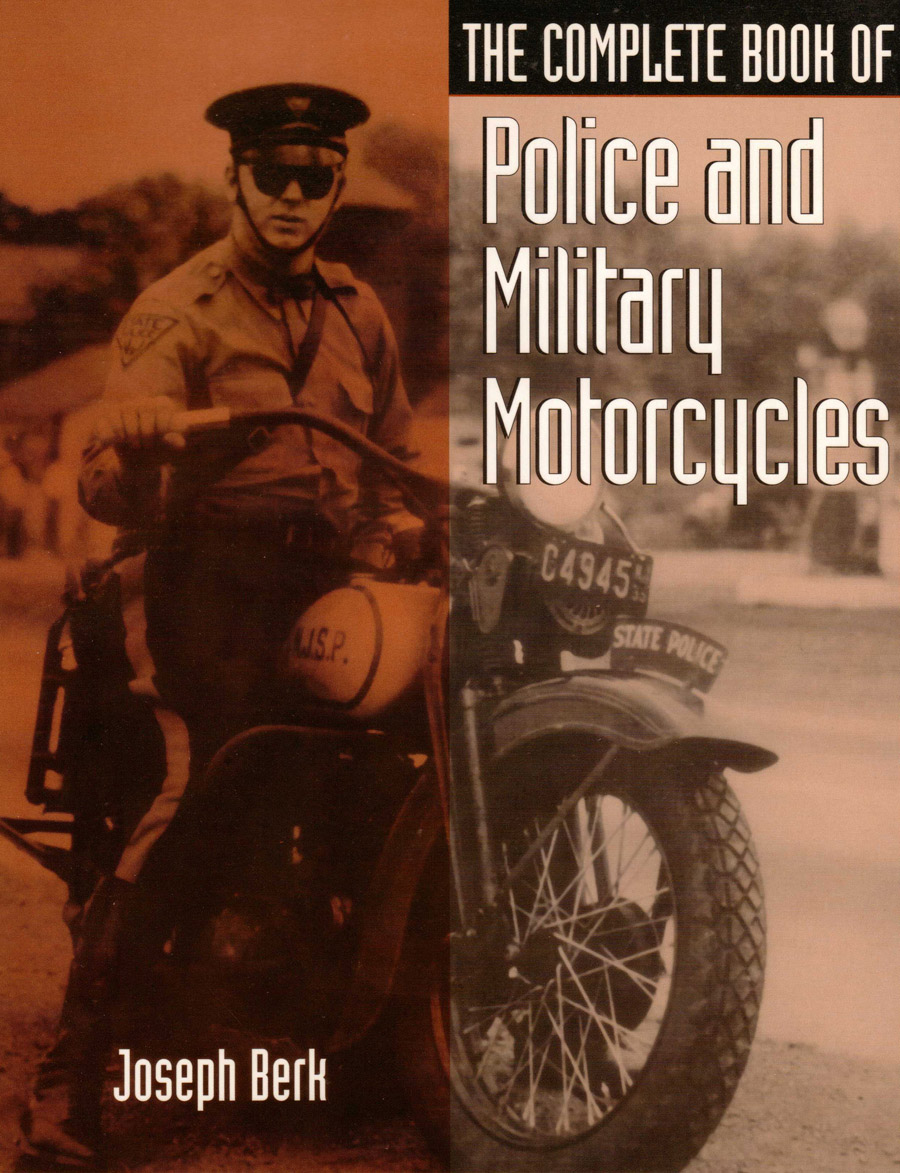
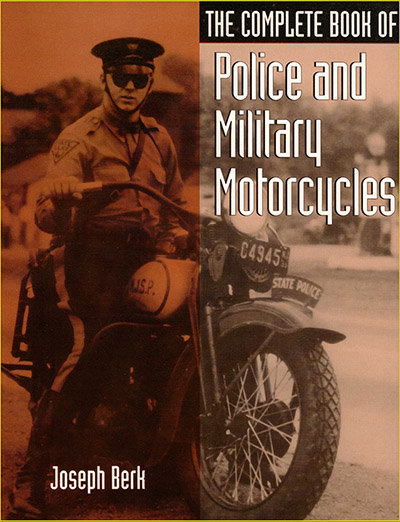
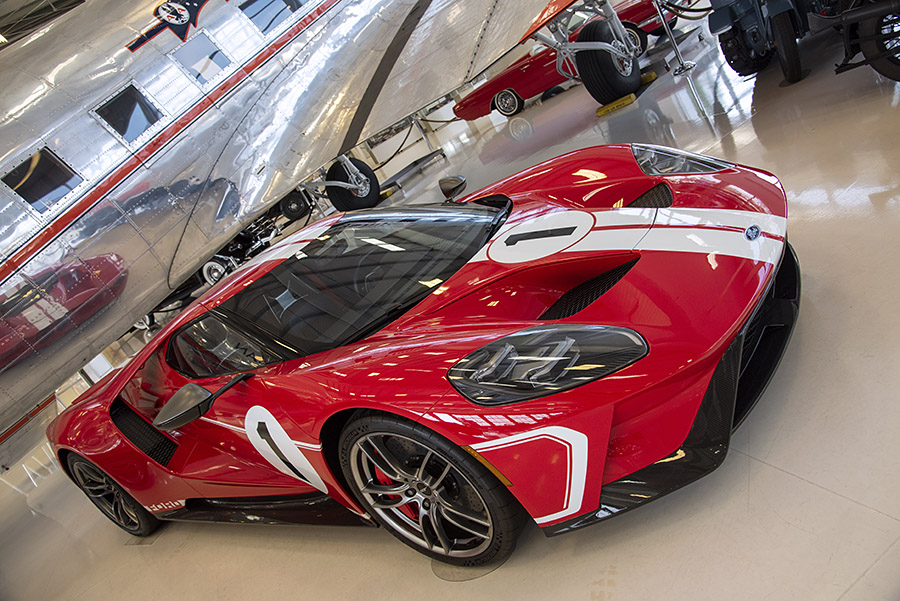
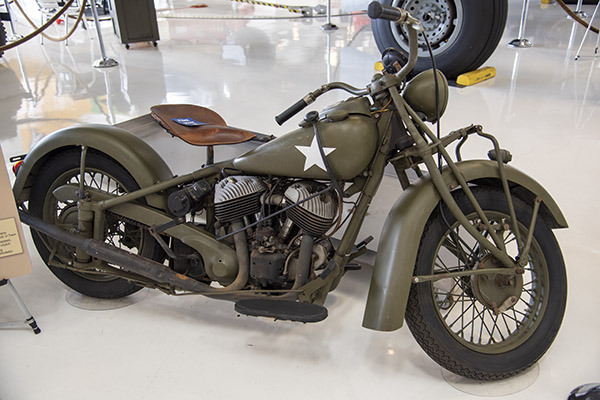

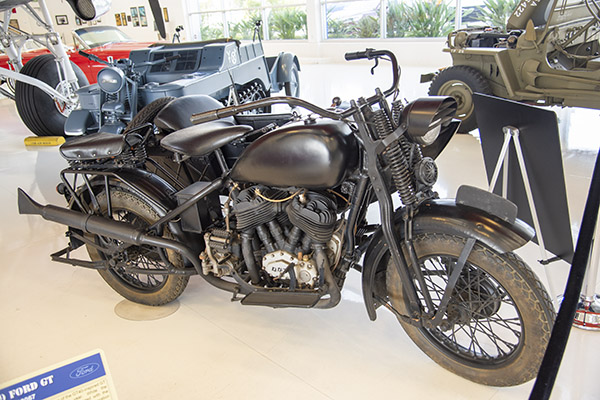

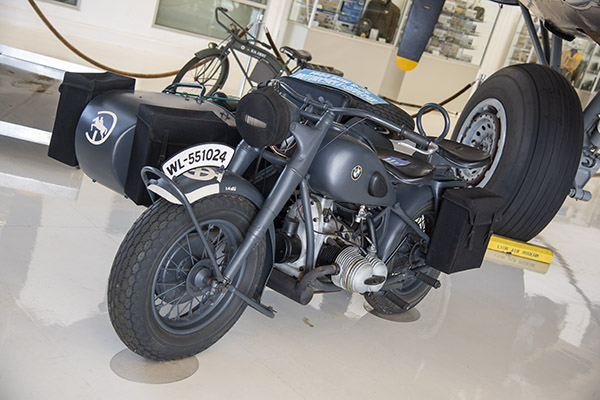

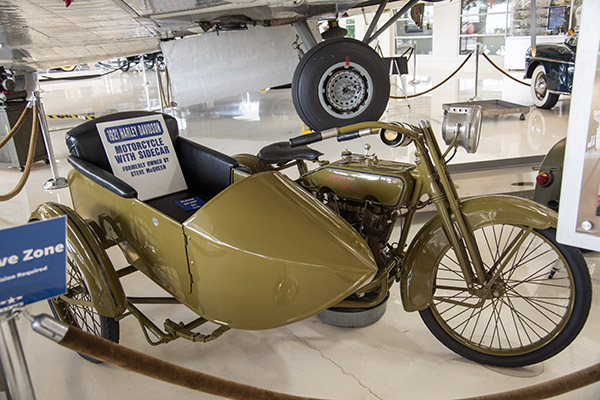
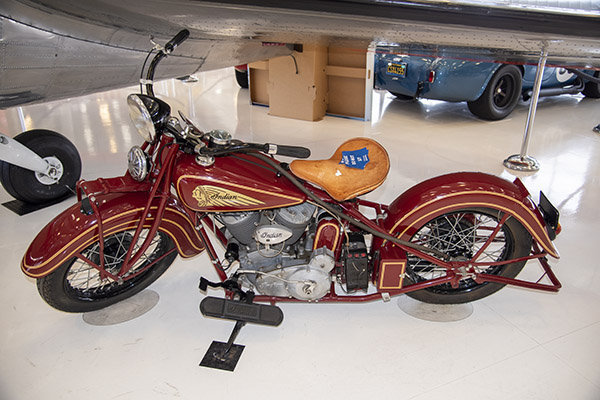

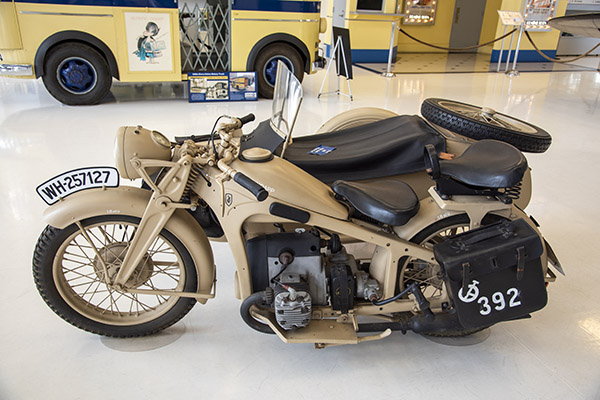
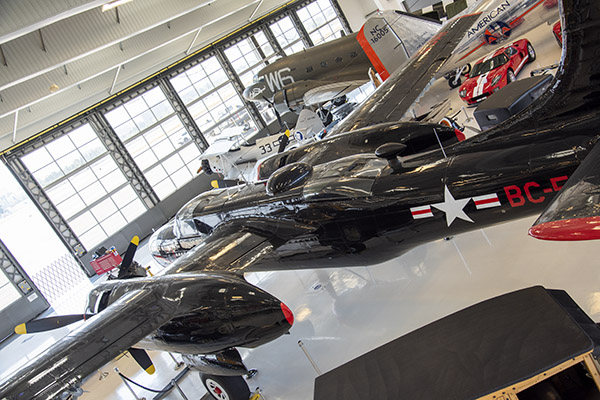
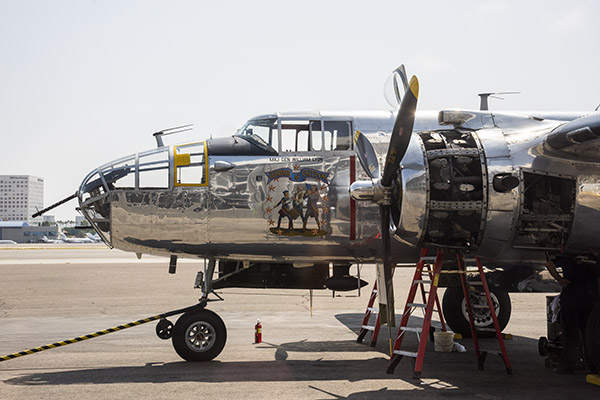
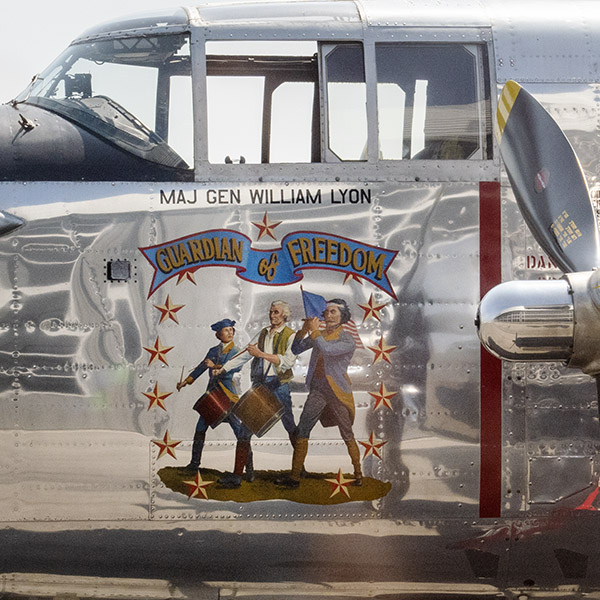
 The world was at war, the Army said build motorcycles this way, Indian saluted and executed, and Harley told the Army to go pound sand.
The world was at war, the Army said build motorcycles this way, Indian saluted and executed, and Harley told the Army to go pound sand.  We were visiting the Planes of Fame last month when I spotted the US Army World War II motorcycle you see below…
We were visiting the Planes of Fame last month when I spotted the US Army World War II motorcycle you see below… At first, I thought it was a Harley WLA 45, but nope, a nice young fellow named Paul was working on the motorcycle and he told me it was an Indian. Wow, you don’t see too many WWII US Army Indians. I was a bit embarrassed (after all, I wrote a book about
At first, I thought it was a Harley WLA 45, but nope, a nice young fellow named Paul was working on the motorcycle and he told me it was an Indian. Wow, you don’t see too many WWII US Army Indians. I was a bit embarrassed (after all, I wrote a book about 



 When I returned home, I had to look up what I had written two decades ago about the Indian 741 in
When I returned home, I had to look up what I had written two decades ago about the Indian 741 in